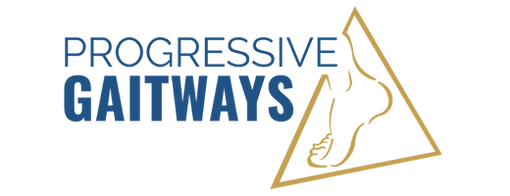Learn it. Apply it. Work it.
✔️ Explain the biomechanical benefit that typical full-term newborn alignment of the leg and foot brings to the independent acquisition of the ring-sitting position.
✔️ Name three of the hip muscles used by typical infants to drive and decelerate the transitions between ring-sitting and quadruped positions.
✔️ Compare the triplane alignment of the femoral head and neck axis (HNA) in ring sitting and in W-sitting positions.
✔️ Discuss the influence of W-sitting-LR on the incidence of lateral weight shifts of the torso in play.
✔️ Describe the rotary forces applied to the femur during transitions between W-Sitting-LR and kneel-standing positions.
✔️ Discuss the status of evidence regarding the contributions of habitual W-Sit-LR to musculoskeletal problems after childhood.
✔️ Describe the condition of the long bones and knee joints in “miserable malalignment syndrome.”
✔️ Explain the science that associates habitual, prolonged W-sitting-LR with miserable malalignment syndrome.
✔️ Distinguish between common advice and kinesiologically healthy alternatives to W-Sitting.




